Diana Rimniceanu’s awarded Master’s thesis is a poetic encounter with the presence
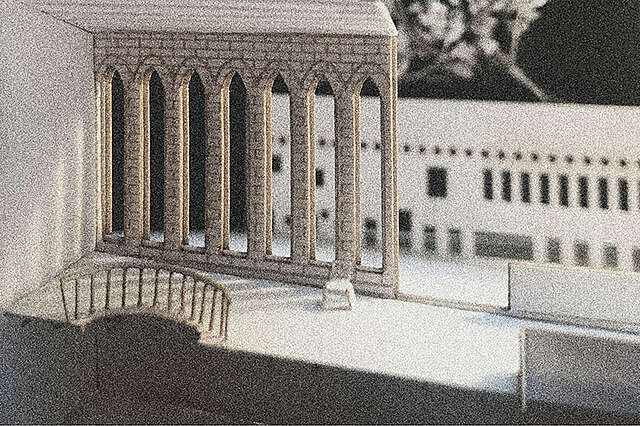
The diploma work titled “A Moment of Presence” received an Honorary Mention for the Gerda and Salomo Wuorio Prize, awarded annually by the Association of Finnish Architects. We invited the young architect to present her work in her own words.
The Wuorio Prize went to Meri Wiikinkoski from Aalto University. Her thesis was a design work for a gallery building for artist Albert Edelfelt's atelier museum. Read Meri’s presentation (in Finnish) on Archinfo Finland's site here. University of Oulu’s Kristiina Kuusiluoma also received an Honorary Mention for her thesis, which dealt with an experimental building project of rammed earth. Read Kristiina’s presentation (in Finnish) on Archinfo Finland's site here.
A moment of presence – Narratives of real and imagined
Master’s thesis, Diana Rimniceanu
Supervisor Professor Ilmari Lahdelma
Tampere University School of Architecture
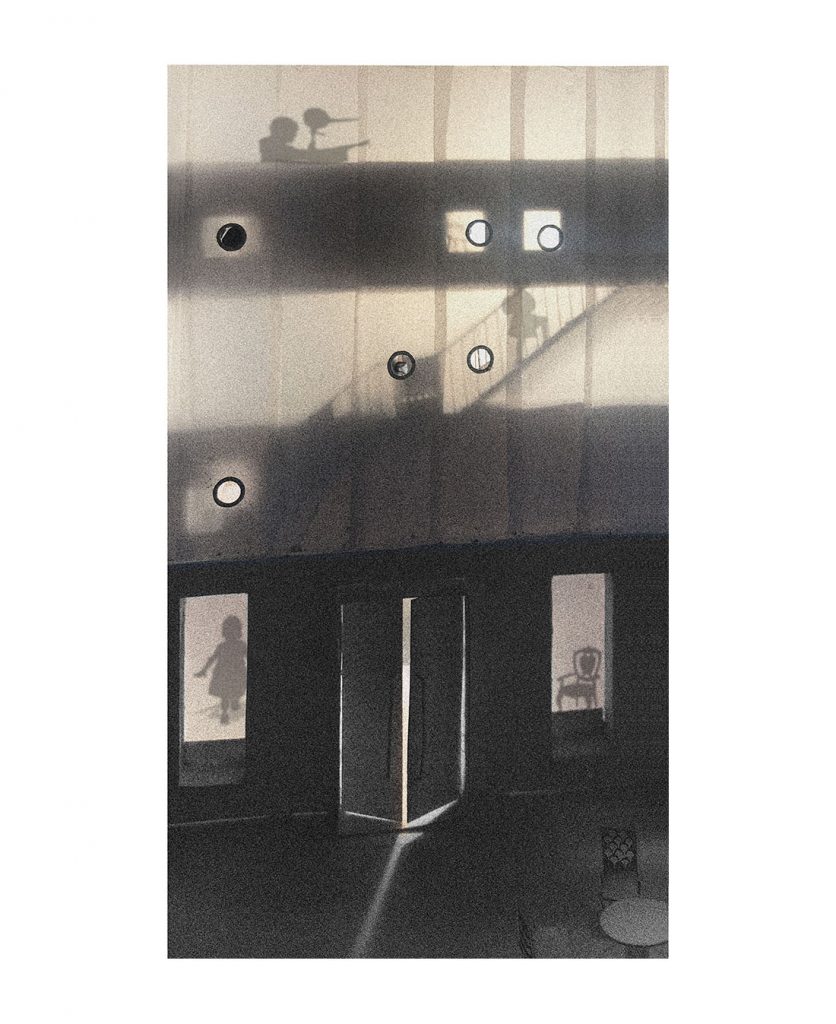
A moment of presence – Narratives of real and imagined
It begins with the street. Narrow like a thread, resisting my prejudice. Perhaps I stopped at the
wrong station. Suddenly, a Pinocchio figure appears, and I recognize the Paper factory around the corner. It is Collodi.
An outcome of my personal struggles, inquiries, and great excitement, this Master’s thesis attempts to understand the great moment of presence that we experience in our intimate confrontation with spaces, regardless if they are imposing atriums or the attic of our childhood. Throughout the last couple of years, as a result of self-reflection, I have become interested in the surprising presence certain places have, that goes beyond rational reasons. When the time had come, I knew that with my diploma work I want to trace precisely this…
…unmeasurable tension that gives us pleasure at the encounter with
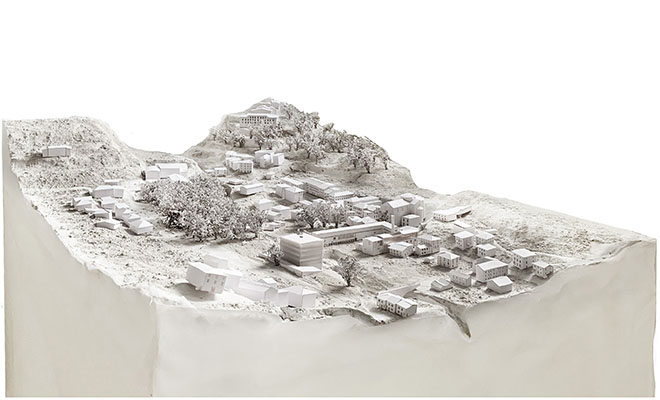
More often than not, we find ourselves searching for ideal forms, but the anchoring into place and our memories of the design has very little to do with that. And thus, I was determined to address this distrust of human embodiment in today’s world of digital ecstasy. With that in mind, I was looking for a narrative, for a place that could tell stories, instigate melancholy, passion or tension. I decided to give a try to a competition which was already almost over at the time, but I never knew what to expect. Regardless, it was paramount to see the place first; everything else was still uncertain.
I let myself affected by the place
. A sudden glory of the medieval town enters me… and so silent. The opacity of the walls feeds my imagination and my mind builds up stories, creating life behind the thick walls and wooden shutters.
It was the moment I knew, this is it! An accelerated sequence of stories, all so colourful and present. My research encapsulates a series of narratives, real and imagined, and presents a way of thinking, an approach, rather than a definite solution to a task. The support of this inquiry is the design of a Children’s Library and Museum for Pinocchio stories in Collodi, Italy. Ultimately, the intention is to remain humble to the place, provoke emotion, and bring with ardour and thrill an invitation to experience a moment of presence.
presence the fact that someone or something is in a place; the impressive manner or appearance. (Cambridge English Dictionary)
As I open my eyes, the most exceptional is Collodi itself. A play between surprise and anticipated, order and disorder, draws me in. It is a story about the birth of paper, smoke, and bricks… and right next to me the houses disappear as the mass of trees caught my eye, impenetrable like a wall.
Before any design, it is paramount to return to the place in order to foresee what it demands. And like so, we return to the very town the Pinocchio story was born: Collodi, Italy. A succession of medieval houses and steep alleyways embrace the Villa Garzoni, the Pinocchio Park, the Church, and the old Paper Factory. The first and foremost meaningful step is feeling the rhythms of the place, its patterns, movements, and the possibilities it enables in order to understand what it demands.
The very ‘raw’ notes and drawings took on a whim on the site visit have materialized into a perception map, revealing precisely how peculiar, complex and contradictory the reality is in atmosphere and scale in comparison with what we see in the reductive site plans.

A simple walk, sensing the street with the muscles and skin and all of its convulsive beauty;
A loop of two realities; two dichotomies;
A sequence of sensations; A great moment of presence.
The upcoming design stems in the narrative; the very things that made me excited, frustrated, or appeared to be missing set up an image that further transposed into the project. The story continues with a second confrontation, through the eyes of the library. Being a visitor, a wanderer, and revealing another perception of Collodi; one that does not replace the old, but completes it.

The street disappears under a cluster of roofs, yet far away, the invisible houses now become present. And so does the Pinocchio park, never seen from the street. From up here, places appear, places disappear. Another Collodi, another moment of presence.
The driving force of the project stems in the duality of the place. It projects us outwards, towards Collodi’s own exceptionality, with its narrow steep streets, the mosaic of windows and cascade of houses, yet it draws us inwards, into its singularity and interiority. And like so, the museum is anchored in the character and tectonics of the vicinities, while the library tower is an autonomous entity, oriented inwards into its own exceptionality.

The library is a play between surprise and anticipated, just like Collodi itself. From the outside, it remains mysterious, as you cannot fully understand it. When stepping inside, the external noise is eliminated, turning children to listen to their own being. The core dilates, contracts, and assembles a sequence of narrow and wide spaces. The spatial configuration changes the perception so that the outside square is never perceived from the inside. In-between the books, the small lenses focus the vision, forcing the eye to see, remember and collect memories as opposed to the total transparency that loses its haptic intimacy.
And like a brushstroke, one square window, one window only and Villa Garzoni is celebrated, imprinting in my consciousness. In front of me is the Collodi I experience, the imaginary Collodi and the poetic Collodi.
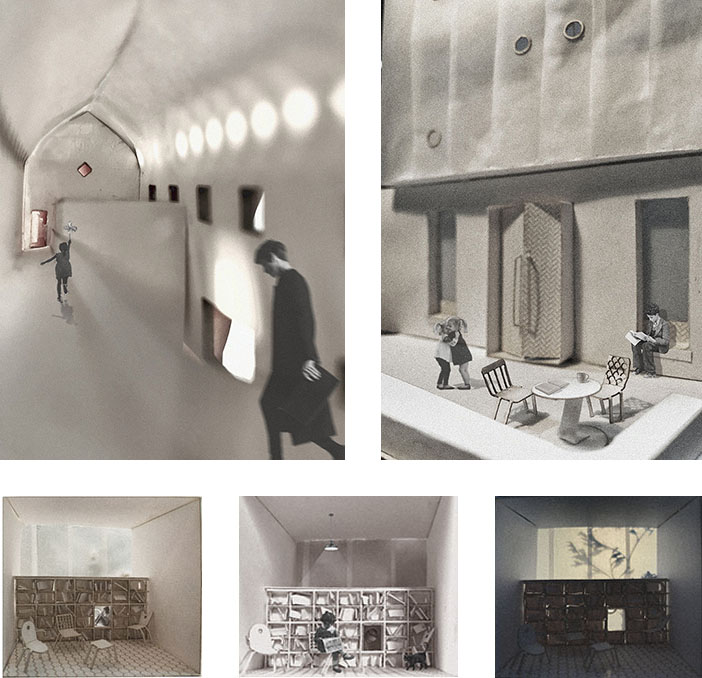
This diploma work was a chance for me to reveal the complexity of the ordinary, through a sensitive sight that makes it remarkable, a touching sight.
It was the journey towards a children’s library that, filtered by questions of perception, encapsulates
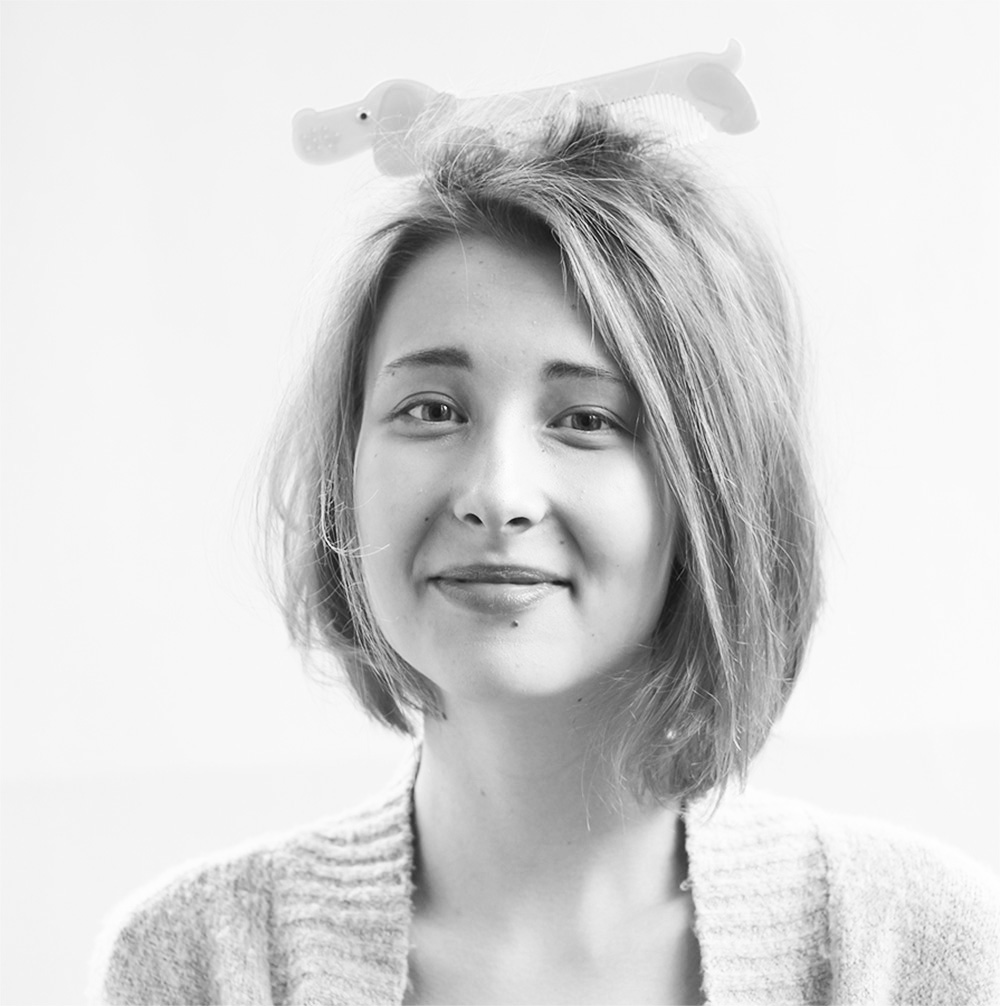
Diana Rimniceanu received her Master in Architecture from Tampere University in 2018. “I came to study in Finland in 2016 as an Erasmus student. I wanted to understand the peculiarity of the Nordic culture and architecture, having a very different background in my home country, Romania. This experience has given me… freedom and the right dosage of guidance. Without which, this diploma thesis would have never been born and for which I am deeply grateful.”